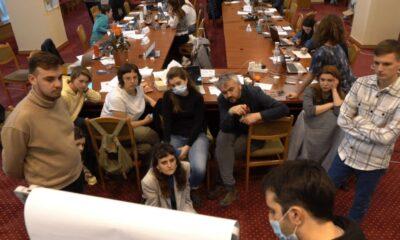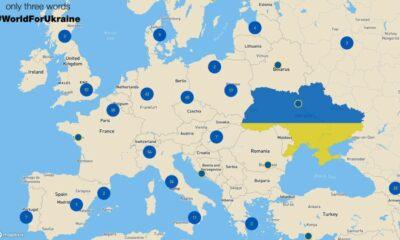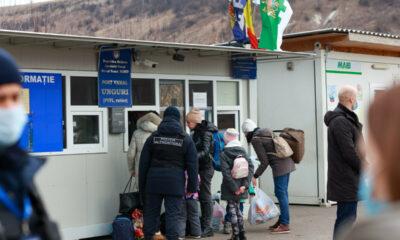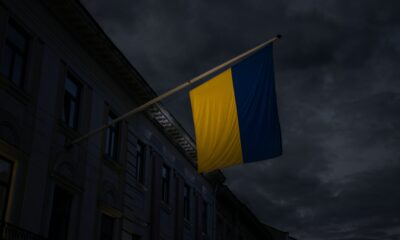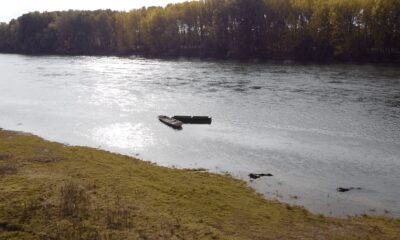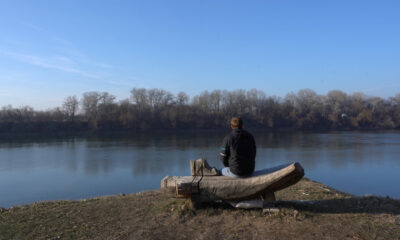Economy
Moscow Playing with Multiple Options on Black Sea Pipelines
Reading Time: 4 minutesOn May 17 in Sochi the Russian Prime Minister Vladimir Putin and his Turkish counterpart Recep Tayyp Erdogan concluded a deal on natural gas. Putin and Gazprom CEO Aleksei Miller promised to proceed with the Blue Stream Two gas pipeline project in a revised version through Turkey. Erdogan and Putin announced this in the wake of their meeting in Sochi
By Vladimir Socor
On May 17 in Sochi the Russian Prime Minister Vladimir Putin and his Turkish counterpart Recep Tayyp Erdogan concluded a deal on natural gas. Putin and Gazprom CEO Aleksei Miller promised to proceed with the Blue Stream Two gas pipeline project in a revised version through Turkey. Erdogan and Putin announced this in the wake of their meeting in Sochi (Hurriyet, Zaman, May 18).
Blue Stream Two is envisaged as an overland prolongation of the existing Blue Stream One pipeline. Blue Stream One runs north-south from Russia directly to Turkey, on the seabed of the Black Sea. With a design capacity of 16 billion cubic meters (bcm) annually, Blue Stream One currently operates at half that capacity. The proposed Blue Stream Two, in its revised version, will continue across the Anatolian mainland into south-eastern Turkey.
The original version of Blue Stream Two was intended to run the length of Anatolia westward, approximately on the same route as the Nabucco project from Turkey to Austria. In 2007, however, Russia abandoned that version of Blue Stream Two and pushed strongly for the South Stream project instead. South Stream will run east-west on the seabed of the Black Sea, from Russia directly to Bulgaria and onward to Europe. Designed to bypass the Ukrainian transit system and (unrelated to that goal) to forestall Nabucco, the South Stream project also pursues the lesser-known goal of bypassing Turkey, consistent with Russian policy to avoid transit routes that are not under its control.
The Turkish AKP government has tried to bring Russia back to Blue Stream Two, even in a modified form whereby Gazprom might join Nabucco and use part of its capacity for deliveries of Russian gas (negating Nabucco’s entire strategic rationale). However, Gazprom is not interested. Turkey dislikes the South Stream project for bypassing the country and depriving it of an opportunity to become an international energy hub.
Ironically, Russia still needs Turkish consent to proceed with the South Stream project. Even if the pipeline circumvents Turkish territory, it is planned tentatively to run through Turkey’s exclusive economic zone in the Black Sea. Thus, Ankara might procrastinate on this Russian project and seek a reward for its acceptance, having already demonstrated considerable capacity for stalling on Nabucco. Partly for this reason, Moscow is now returning to Blue Stream Two, albeit in a modified form.
The basis for the revised Blue Stream Two is both commercial and political. Commercially, it will carry gas for consumption in Turkey and transport via its territory to gas-poor Middle Eastern countries, presumably from 2012 onward. Turkey’s long-term agreement with Russia, signed with the USSR in 1986 for gas deliveries by pipeline via the Balkans (the "western route" from Turkey’s vantage point), is due to expire in 2012 (Platts Commodity News, May 21).
That gas travels across Ukraine before reaching the Balkans and Turkey. Hoping to bypass Ukraine, the Kremlin proposes to switch deliveries for Turkey, from the Balkan ("western") route toward the underwater Blue Stream One; and to supplement those volumes for transport further afield (primarily to Israel) -although declarations to that effect can hardly be taken at face value. As part of that vision, Turkey might become an international "hub," complete with gas storage capacities.
Politically, Blue Stream Two will reward Turkey for cooperating with the Russian South Stream project. The promise of Blue Stream Two might facilitate Turkish consent to the Russian use of Turkey’s exclusive economic zone in the Black Sea. That consent is indispensable to South Stream, since the only alternative is to build it in the Ukrainian exclusive economic zone in the Black Sea. A Russian underwater pipeline specifically intended to bypass Ukraine will be unlikely to receive Kyiv’s consent (barring a Russian-orchestrated regime change in the country).
The Ukrainian and Turkish exclusive economic zones are adjacent in the Black Sea, with no intermediate zone. To reach Bulgaria from Russia, the South Stream pipeline must run either through the Turkish zone or much of the Ukrainian zone and a small part of the Romanian zone. Moscow expects to secure Turkish consent and is trying to accelerate this through the promise of Blue Stream Two. Meanwhile, Moscow is building some counter-leverage to Turkey on that issue and is sounding out Romania.
A Romanian delegation, headed by the Economics Minister Adriean Videanu (EDM, May 28, 29), was asked in Moscow recently to provide technical data relevant to pipeline construction on the seabed of the Black Sea within the Romanian exclusive economic zone. The Russian side also inquired about Gazprom conducting a study of the conditions on the seabed. Gazprom vice-president Aleksandr Medvedev -who alongside Energy Minister Sergei Shmatko took part in the talks- indicated that Moscow is considering laying an underwater section of the South Stream pipeline in the Romanian economic zone.
The Romanian delegation agreed to hand over the technical data. Bucharest’s official position is that it prefers and prioritizes Nabucco "at the present time" but does not rule out South Stream, if Nabucco fails to materialize (Agerpres, NewsIn, March 21; Radio Romania International, May 22; Rompres, May 26; Romania Libera, May 22, 25, 27).
Laying a section of South Stream underwater in the Romanian zone might affect other Black Sea countries. It implies reducing the Bulgarian share in the overall volume of gas transported through South Stream. It has already signed the intergovernmental and project agreements with Russia and Gazprom respectively, for South Stream. Apparently, Moscow is not above playing with the idea of re-routing a portion of the gas earmarked for transport through Bulgaria under the project.
Moscow’s overture to Romania might create a non-Turkish option for laying the underwater pipeline. Moreover, (hypothetically the most intriguing consequence), using the Romanian zone will make sense if Gazprom decides to use the Ukrainian zone, instead of the Turkish zone for laying the South Stream pipeline. Indeed the shortest and comparatively shallowest, underwater route from Russia runs through the Ukrainian and Romanian maritime zones, which are adjacent to each other.
All this maneuvering remains abstract, however, in the absence of Russian-dedicated volumes of gas. The Russian side claims to be able to supply both the South Stream and the Blue Stream Two pipeline projects at their declared capacities: South Stream at 63 bcm annually from 2015 onward (double the figure projected last year for 2013) and Blue Stream Two at 16 bcm annually, presumably from 2012 onward. The Russian stagnant gas production and looming shortfalls, however, invalidate such claims. No Black Sea country can count on the implementation of South Stream. They will all maneuver around each to secure Russian favor in connection with this project.
Economy
Moldova will receive a disbursement of 36 million euros as part of the the Economic Recovery Plan
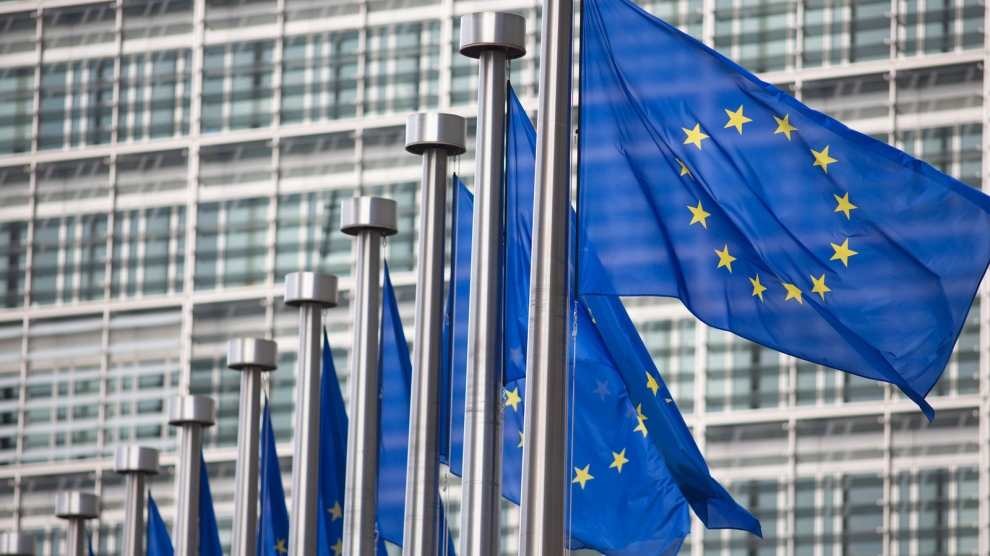
This week, the European Commission approved the disbursement of 36 million euros in grant money for the Republic of Moldova. The announcement was made by Deputy Director-General for Neighbourhood Policy and Enlargement Negotiations at the European Commission, Katarina Mathernova, who paid an official visit to the Republic of Moldova between September 13-15, together with Managing Director for Russia, Eastern Partnership, Central Asia, Regional cooperation and OSCE, at the European External Action Service, Michael Siebert.
The EU officials had meetings with President Maia Sandu, Minister of Foreign Affairs and European Integration, Nicu Popescu, Speaker of Parliament, Igor Grosu, Prime Minister of the country, Natalia Gavrilita, as well as key representatives of Government, international financial institutions and the civil society, according to a press release issued by the Delegation of the European Union to the Republic of Moldova.
Beside such topics as the EU-Moldova relations and prospects, the priorities of the reform agenda of the new Moldovan Government, preparations for the Eastern Partnership Summit at the end of the year and the Transnistrian conflict settlement, the officials also discussed the EU assistance in support of reforms and the Economic Recovery Plan for Moldova, which was announced in June with a total EU support of 600 million euros over the next 3 years.
“The first measures under the Economic Recovery Plan will shortly materialize, with the expected disbursement of 36 million euros in grant money under budget support programmes to support the authorities’ efforts to fight against the consequences of the pandemic. Moldova can count on EU’s assistance on its path to reforms and to recovery, bringing tangible results to citizens,” Katarina Mathernova stated.
The plan is based on assistance provided by the European Union through various bilateral and regional instruments, aiming to mobilize the funds in the form of grants, loans, guarantees and macro-financial assistance.
“The Economic Recovery Plan for the Republic of Moldova involves much more, not just this financial support provided immediately. It must help digital transformation, strengthen infrastructure, energy efficiency, education and support small and medium-sized enterprises,” the EU official also said.
As Prime Minister Natalia Gavrilita informed, “The Economic Recovery Plan and the 5 flagship initiatives for Moldova in the Eastern Partnership will directly contribute to the reform and consolidation of institutions, stimulate long-term socio-economic development, bring direct benefits to citizens, and unleash new economic opportunities through promoting the green agenda and digitization. Small and medium-sized enterprises (SMEs) have been hit hard by the crisis. Promoting and diversifying access to finance and reducing collateral requirements will be essential in supporting economic operators. We are grateful to the EU partners who will launch two programs to support 50 000 independent Moldovan SMEs to adapt to the new conditions.”
President of the Republic of Moldova, Maia Sandu, welcomed the decision of the European Union to disburse about 745 million lei in grant money, as the official page of the President’s Office announced. “EU support comes after a long period of freezing of European assistance, caused by former governments. We managed to relaunch the political dialogue with the European Union and resume financial assistance. The Republic of Moldova is gradually regaining the trust of its strategic partners. This European support is also a signal of encouragement for the new Government team in its commitment to clean up the institutions, fight corruption and launch development programs in the country,” said Maia Sandu.
Photo: unknown
Economy
Romania and Moldova signed a partnership memorandum pledging to cooperate in promoting their wines

The Chamber of Commerce and Industry of Romania (CCIR) and the National Office for Vine and Wine (NOVW) of the Republic of Moldova signed, last week, a memorandum of cooperation on organizing joint promotional activities in the markets of common interest, as the CCIR announced.
China, Japan or the USA are just some of the markets targeted by the Romanian and Moldovan institutions. The memorandum also involves advertising activities for wines from common indigenous varieties, promoting the oeno-tourist region, developing a tourist route in the two states, exchange of experience, study visits, and mutual support in identifying new export opportunities. “We are very confident that this collaboration between our organizations will lead to sustainable economic growth and a higher degree of well-being among Moldovans and Romanians,” claimed Deputy Secretary-General of CCIR, Bogdan Visan.
On the other hand, Director of the NOVW, Cristina Frolov, declared that no open competition with Romania is aimed at the governmental level of the Republic of Moldova. “This request for collaboration is a consequence of the partnership principle. Romania imports 10-12% of the wine it consumes, and we want to take more from this import quota. Every year, the Romanian market grows by approximately 2.8%, as it happened in 2020, and we are interested in taking a maximum share of this percentage of imported wines without entering into direct competition with the Romanian producer,” the Moldovan official said. She also mentioned that Moldova aims at increasing the market share of wine production by at least 50% compared to 2020, and the number of producers present on the Romanian market – by at least 40%.
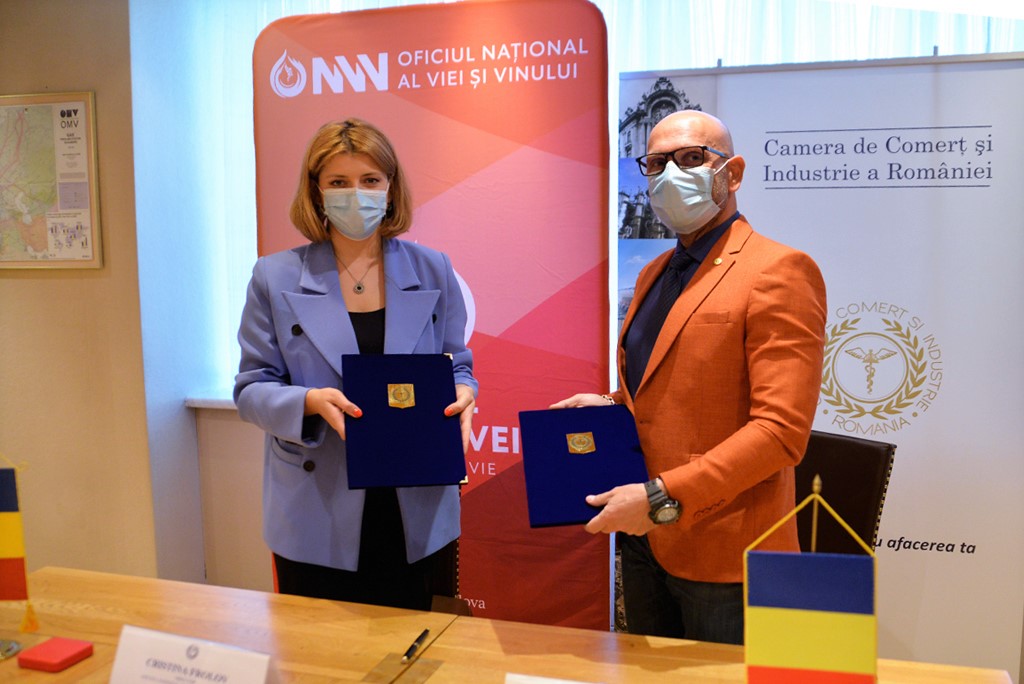
Source: ccir.ro
**
According to the data of the Romanian National Trade Register Office, the total value of Romania-Moldova trade was 1.7 billion euros at the end of last year and over 805 million euros at the end of May 2021. In July 2021, there were 6 522 companies from the Republic of Moldova in Romania, with a total capital value of 45.9 million euros.
The data of Moldova’s National Office of Vine and Wine showed that, in the first 7 months of 2021, the total quantity of bottled wine was about 27 million litres (registering an increase of 10% as compared to the same period last year), with a value of more than one billion lei, which is 32% more than the same period last year. Moldovan wines were awarded 956 medals at 32 international competitions in 2020.
Photo: ccir.ro
Economy
Moldova’s hope to be a top walnut exporter and its main difficulties
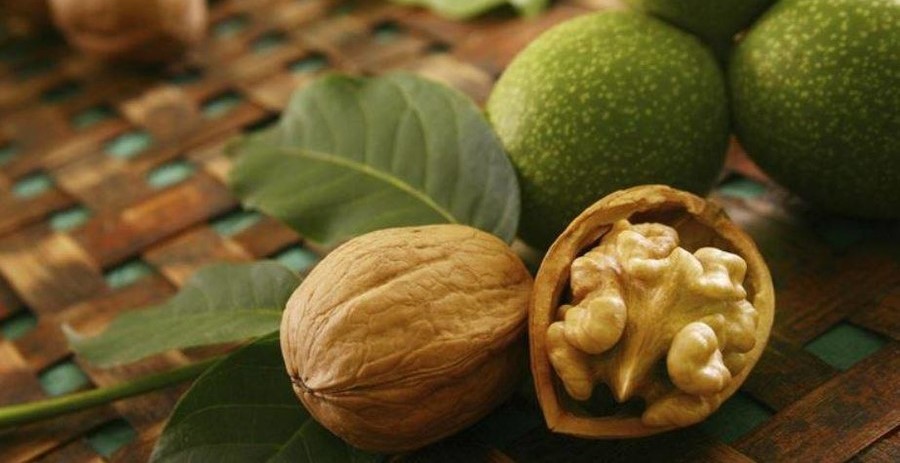
The Republic of Moldova has perfect weather conditions for growing walnut trees, that creating a great potential of walnut production and trade, especially on international markets, where the demand is way higher than the product’s supply. National and international experts believe that the country’s walnut production industry is on the verge of important transformations, which could lead to increased yields, quality and competitiveness worldwide.
According to authorities, Moldova exports 34-35 thousand tons of walnuts in shell, which is about 7% of the total export of fruit and 5% of the total export of horticultural products. The export value is assessed as being $120 million, that being 57-60% of the total fruit export value and about 50% of horticultural export value. Most of walnut crops are exported to the EU countries, such as France, Germany, the Netherlands, Romania and Austria. The country’s exports were among the world’s top 10 when it comes to the highest dollar value of the product during 2020.
Viorel Gherciu, Minister of Agriculture and Food Industry, pointed out that the production in the domestic walnut industry has increased by 55% in the last five years, which ranks Moldova among the main producers in the world.
“The biggest opportunity for this industry is that we are in the geographical proximity of the largest walnut import area in the world, which is the European Union, with almost 40% of total imports in the world. We are on the EU border, with privileged relations, with an Association Agreement. We already enjoy a good relationship in working with European importers, they trust our processors. A very close collaboration has been created and this is, in fact, the guarantee for those who invest in the area,” claimed the president of the Walnut Producers Association, Oleg Tirsina.
The data provided by the National Bureau of Statistics show that there are 34.7 thousand hectares of walnut plantations in the country. 20.90 hectares are represented by orchards. 75% of planted orchards are formed of old varieties trees. 30-35% of the exported production comes from orchards, the rest comes from individual farmers and plantations along the roads. This means that the quality of walnut production is not at its maximum potential. Developing commercial plantations through orchards modernization and extension of walnut varieties would provide double yield and better quality, experts say.
Governmental support in the form of subsidizing solutions, foreign investments and credit options are indispensable for the industry development. One of the financing options is the credit line of the European Investment Bank Project. Since 2016, 15 producers and processors of nuts, almonds and hazelnuts have benefited from these loans with the total amount of investments worth 8.7 million euros. A further extension of the project would provide another 60 million euros for the modernization of the horticultural sector in general and for harvesting organic walnuts in particular.
Photo: heymoldova.com


